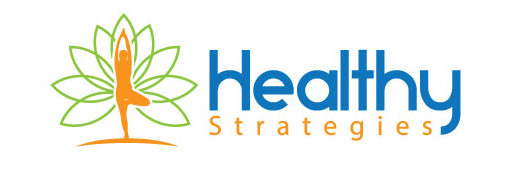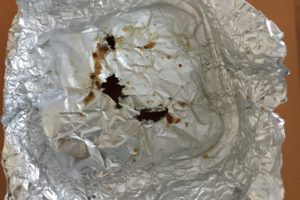10 Important Details Before Using Essential Oils
I’m sure you’re aware of other naturally occurring plants causing health problems. The widespread peanut allergy, as well as the allergic reaction caused by poison ivy and poison oak are just a few examples.
Back to essential oils, let me start with some basic knowledge about this topic. The first thing we should know about essential oils is they are mixtures of aromatic substances present in many parts of the plants, such as buds, flowers, fruit, leaves, even bark and roots.
Their compounds include many substances conferring different properties because they belong to different classes such as acids, aldehydes, terpenes, alcohols, esters, ketones, and more.
Thus, their chemical composition is different than those of cooking oils—made of triglycerides. I promise, no more chemistry after this, but using the same term oil for the essential oils as well as cooking oils creates a bit of confusion. That’s why I wanted to make sure I brought this up. 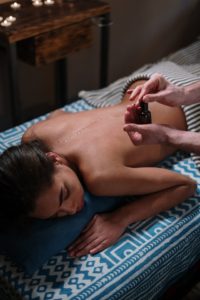
In diffusers, ring burners, or incense sticks essential oils are used to create a pleasant odor in our rooms. Some people prefer them when taking a bath or for aromatherapy massage.
If the label says Pure Essentials Oils, that usually means they’re neither extracted using chemical solvents nor mixed with other components that would decrease their quality.
The other issue, as with any plants, is the use of pesticides. Their residues, to a certain extent, will get into the extracted oil, thus the USDA Organic seal is definitely a plus when choosing the essential oils of choice.
Another interesting point is that essential oils should be bought and stored in dark-colored glass bottles only, never in plastic—the oil components can damage the plastic. Powerful stuff!
In the post about candles I talked about how indoors use of candles scented with essential oils can release VOC’s (Volatile Organic Compounds). These are bothersome especially for people with allergies, asthma, or other pulmonary conditions. Headaches, dizziness, or nausea can occur as well—I’m the perfect example.
Many people talk about their benefits and describe they can be used for a number of remedies, ranging from depression and headaches relief (for lavender oil), to the antibacterial effects of tea tree oil, or to the benefits of peppermint oil in irritable bowel.
Having said these, anyone willing to use them has to be very well informed about possible health dangers, such as:
- skin irritations—that’s why any oils should be diluted according to their instructions and thereafter tested on a very small (and hidden) area first
- true allergic reactions—often not appearing after the first application
- increased skin sensitivity to sun exposure (usually after applying citrus oils to skin, even when properly diluted)
- nasal irritation if the oil accidentally comes in contact with the nose while inhaled
- choking with subsequent aspiration into the lungs and pneumonia after being swallowed (although most of them are not meant to be used this way)
- irritation of the stomach or intestine even when swallowed as directed (peppermint oil capsules)
- increased blood pressure and/or abnormal heart rhythm
- avoidance during pregnancy and breastfeeding
- some essential oils can interfere with the medications taken
- at least two of them have components that can interfere with our hormones—rarely discussed
All these are reasons why a licensed medical professional should always be involved in the decision about resorting to essential oils for any remedy or even just exploring their benefits.
What I want to emphasize here is that using essential lavender or tea tree oils in excess is not recommended, as these contain compounds that can mimic the female sex hormones (estrogens) or block the effects of the male sex hormones (androgens).
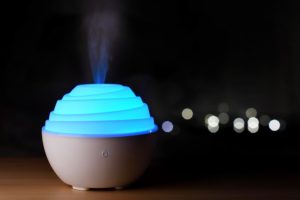
The Endocrine Society warns that applying significant amounts to large skin areas (during aromatherapy massage or bathing—and doing this often), or frequent exposure from oil diffusers it’s not a good idea, because of the hormonal effects they can have.
Again the children are the most vulnerable and over a seven-year period, in just one children’ hospital there were 24 reported cases of early breast development in girls or abnormal breast development in boys exposed to lavender oil through daily bathing or oil diffusers.
At the same time, these scientists agree that essential oils are safe when only a couple of drops are incorporated in a few of the cosmetic products used. The saying “too much of a good thing can be bad,” applies to essential oils (however pure and organic they are), as it applies to pretty much anything—in my opinion.
I became well aware of the negative impact on my health from synthetic estrogen-like substances we’re all exposed to on a daily basis. I experienced those firsthand, took me a while to figure things out, and I improved many symptoms after eliminating them from use.
If you didn’t download my FREE report about estrogen-mimicking chemicals and their possible health effects, you can still do it here.
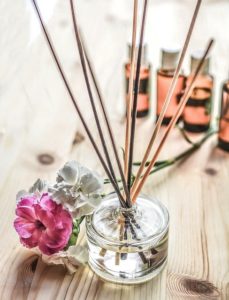 I don’t use essential oils per se, although we do have a few cosmetics scented with some of them. Of course, most of the time the images associated with essential oils (and I have a few in this post:), show beautiful flowers, calmed and relaxed people at Spa or in their home, a happy and blissful atmosphere.
I don’t use essential oils per se, although we do have a few cosmetics scented with some of them. Of course, most of the time the images associated with essential oils (and I have a few in this post:), show beautiful flowers, calmed and relaxed people at Spa or in their home, a happy and blissful atmosphere.
These make it quite tempting to consider using essential oils. While their benefits are not proven by science, some people feel better after using them. As long as they’re aware how to properly use them and take into account what side-effects they can have on everyone in their household, they can responsibly enjoy them.
I just realized this: I didn’t mean to sound like a warning we often see after commercials to alcoholic beverages— usually followed by “enjoy it responsibly”—but since it happened anyway, I thought maybe it will put a smile on your face.
